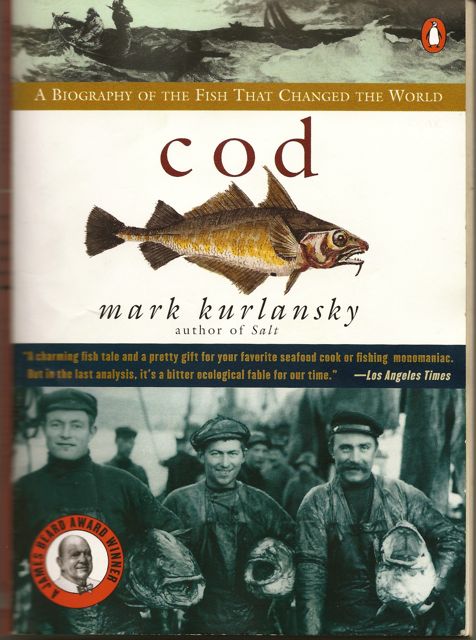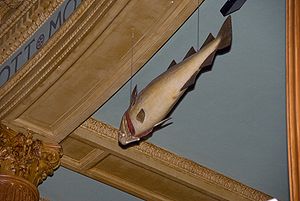Original Book Review/Essay 2/97 ((originally published on markorton.com ))
(REVISED 1/29/02 – MAPS ADDED AT BOTTOM) (REVISED 6/25/03 – MAP OF ANGOLA SUPERIMPOSED ON THE US)
Michael Crichton’s 1980 pulp novel Congo opens with an introduction that is truly arresting . I quote here the first two paragraphs in their entirety.
| |
“Only prejudice, and a trick of the Mercator projection, prevents us from recognizing the enormity of the African continent.
Covering nearly twelve million square miles, Africa is almost as large as North America and Europe combined. It is nearly twice the size of South America. As we mistake its dimensions, we also mistake its essential nature: the Dark Continent is mostly hot desert and open grassy plains.
In fact, Africa is called the Dark Continent for one reason only: the vast equatorial rain forests of its central region. This is the drainage basin of the Congo River, and one-tenth of the continent is given over to it – a million and a half square miles of silent, damp, dark forest, a single uniform geographical feature nearly half the size of the continental United States. This primeval forest has stood, unchanged and unchallenged, for more than sixty million years.”
|
This reader was gripped by his own ignorance of the facts and yet skeptical. He could recall all those geography lessons of grade school. He had traveled a bit. But none of this brought enough confidence to bear for these first two paragraphs in this pulp novel not to send him off to his maps, atlases, encyclopedias, even the internet.
Mercator. Yes, that is the projection so familiar from grade school. It even sticks in the mind that one of its key features is that the latitude and longitude lines are straight lines. This is convenient for rectangular pieces of paper, but it creates great distortions of area. This rectangular display of the surface of the nearly spherical surface of the earth produces a Greenland that appears almost as large as the US. The farther away you go north or south from the equator the larger this error becomes.
So, OK this Mercator, who on investigation in the ‘97 Grolier CD Encyclopedia, turns out to be a Flemish cartographer, Gerardus Mercator (1512-1594), produced cylindrical projections of a spherical surface. This of course lead to this readers present state of misapprehension.
Well, let’s take a closer look at this matter. A few simple comparisons of territories that he has driven across will put this into better perspective (this reader does have a bit of trouble with abstractions).
So here is a chart neatly drawn up in tabular form (again courtesy of the above referenced CD encyclopedia). The data on Africa seems to hold up Crichton’s assertions. Hopefully the American reader (obviously of the East Coast persuasion) will find some suitable reference point to investigate the data for themselves. The India entry is just for fun and effect.
| |
|
Area (sq. miles)
|
Population
|
| |
Texas
|
267,277
|
18,378,000
|
| |
New England
|
71,929
|
13,239,000
|
| |
New England, NY,PA,OH,IL
|
274,423
|
66,244,000
|
| |
United States (continental)
|
3,106,231
|
261,429,000
|
| |
Africa
|
11,710,500
|
720,000,000
|
| |
Nigeria (most populous in Africa)
|
357,000
|
98,100,000
|
| |
Zaire
|
905,567
|
41,200,000
|
| |
South Africa
|
471,445
|
43,500,000
|
| |
India
|
1,269,345
|
911,600,00
|
| |
Wisconsin
|
65,503
|
5,038.000
|
| |
Illinois
|
57,918
|
11,697,000
|
| |
Vietnam
|
127,242
|
71,800,000
|
What strikes this parochial mind is that the Mercator effect is at work even in our views of the United States.
Let’s investigate this a bit.
First a couple of numbers to illustrate my thesis. Texas is 801 miles north to south and 773 miles east to west.
By contrast, think of a car trip from Boston to Chicago. The American Automobile Association preferred yellow-line triptych calls this out at 925 miles. Boston to Washington DC is approximately 600 miles. Do these numbers and our mental images on the map jive?
Let me close this bit of geography with a historical note about Vietnam. During the Vietnam War I found it useful in political discussions, during my college days in Wisconsin, to point out that Vietnam is very close to the combined land area of the states of Wisconsin and Illinois . In this area the US government dropped as much munitions as consumed during all of World War II in all theaters.
 |
Mercator Projection (circa 1596) |
 |
Robinson Projection(most widely used by National Geographic and others during the 20th centuryh until 1980’s) |
| Both maps borrowed without permission from geography.about.com |
|
6/25/3
Yesterday I was scanning through the New York Times and saw an article, “Latest Peace Hopes Thwarted on Africa’s Battlefields” by Somini Sengupta. It was accompanied by a series of maps, including this one: (text added by me)
As for the balance of the 314 pages of this pulp novel, it’s entertaining…lots of gorillas and other beasts ………a page turner.
Like this:
Like Loading...
 This wonderful little book (283 pages including 40 pages of recipes) by Mark Kurlansky is a great introduction to viewing history through a different kind of lens. We are all to used to history as told from the point of view of great men (almost always me) and nation states. Codis about the fish, fishing, processed food, ecology, trade, slavery, rum, fishing technologies, food around the whole of the Atlantic and beyond and more. It is a wonderful example of regional history.
This wonderful little book (283 pages including 40 pages of recipes) by Mark Kurlansky is a great introduction to viewing history through a different kind of lens. We are all to used to history as told from the point of view of great men (almost always me) and nation states. Codis about the fish, fishing, processed food, ecology, trade, slavery, rum, fishing technologies, food around the whole of the Atlantic and beyond and more. It is a wonderful example of regional history.



